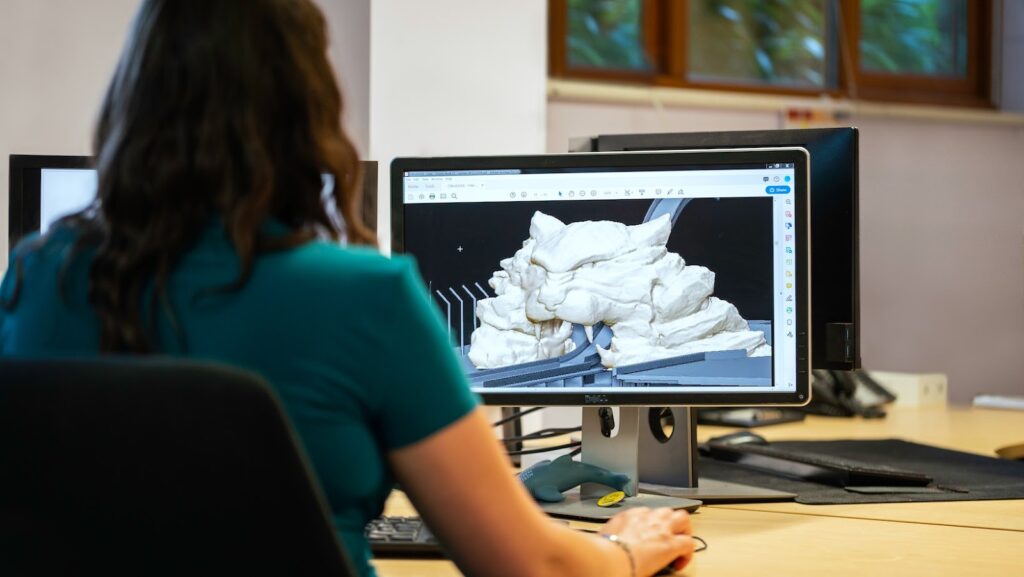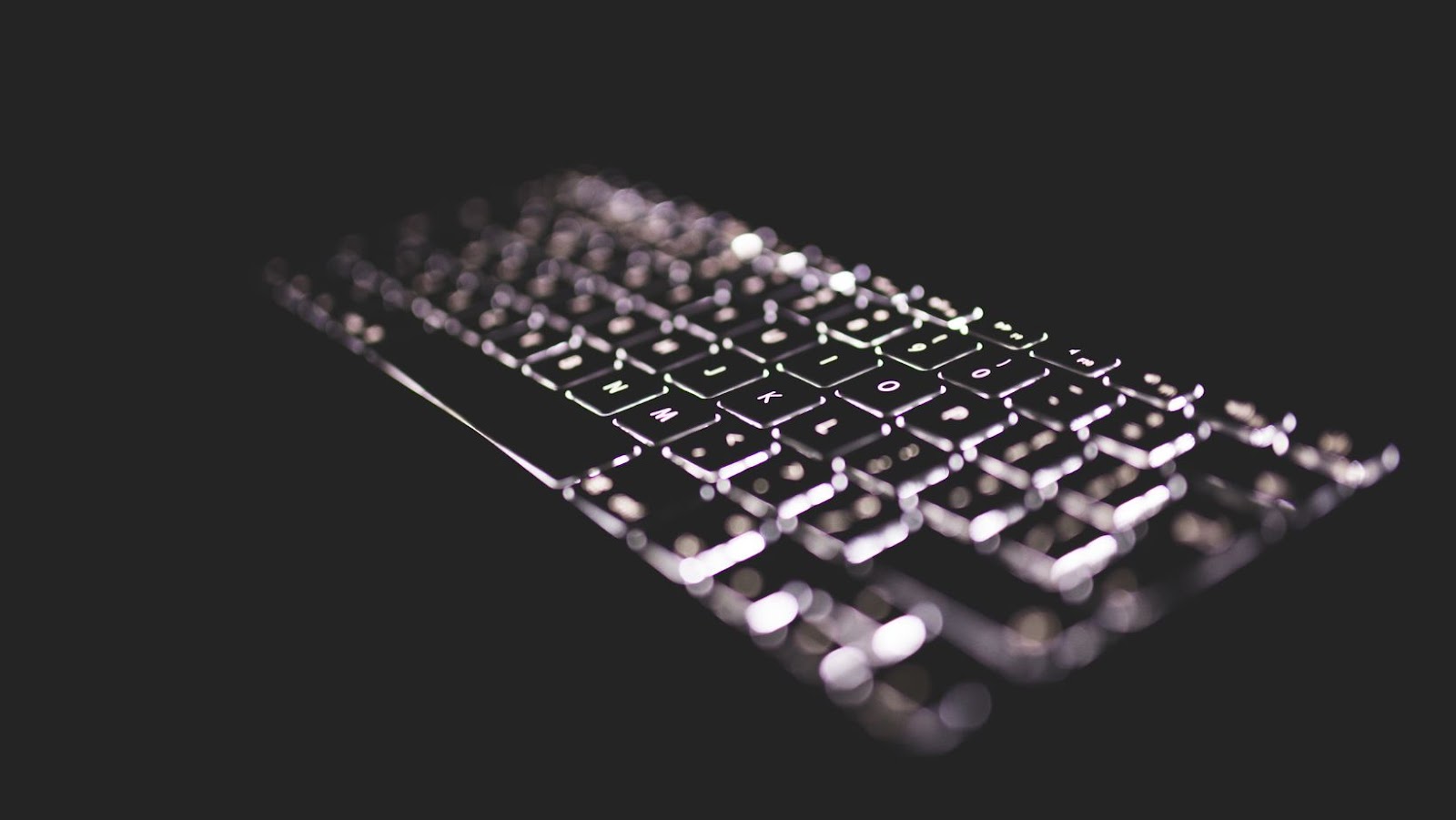Uninstalling all anti-cheat software from your computer may become necessary when these programs start causing issues with your system’s performance, preventing games from running correctly, or when you are switching to a new computer.
Here are the steps to follow to uninstall all anti-cheat software from your computer:
1. Open the Control Panel and select “Programs and Features” for Windows or “Applications” for Mac.
2. Find the anti-cheat software you want to uninstall on the list of installed programs.
3. Select the software and click “Uninstall.”
4. Follow the prompts to complete the uninstall process.
5. Repeat the process for all anti-cheat software installed on your computer.
Keep in mind that uninstalling anti-cheat software may result in the inability to play some games that require those programs. Always check the game requirements before removing anti-cheat software.
What are Anti Cheat Software?
Anti Cheat Software are tools that are designed to help protect online gaming systems from cheaters and hackers. These programs work by scanning incoming and outgoing traffic to identify malicious code and activities that could compromise the integrity of the game or its players. It’s important to be aware of these programs and the potential benefits they offer, as well as how to properly uninstall them if needed.
The Risks and Problems of Anti Cheat Software
Anti-cheat software is used in online gaming to detect and prevent players from cheating or using hacks to gain an unfair advantage. However, there are several risks and problems associated with these software programs that gamers should be aware of.
One significant risk of anti-cheat software is potential privacy invasion. Some anti-cheat programs have been known to collect user data, including personal information and browsing history, without the user’s consent. Additionally, anti-cheat software can slow down system performance and potentially cause stability issues with a player’s computer.
If you’re experiencing issues with your computer or prefer not to use anti-cheat software for privacy reasons, you may want to consider uninstalling all anti-cheat software. To do so, follow these steps:
1. Open the Control Panel on Windows.
2. Select “Programs and Features.”
3. Find the anti-cheat software you wish to uninstall from the list of installed programs.
4. Click “Uninstall” and follow the prompts to remove the software from your computer.
How to Uninstall All Anti Cheat Software
Anti-Cheat Software refers to a type of software designed to prevent cheating or hacking in games. Although they serve as an adequate defense against cheating, anti-cheat software can also cause several issues, leading to the need for uninstallation. If you’re experiencing issues with your games or system performance, or if you want to remove the software to install a different program, you might want to consider uninstalling Anti-Cheat Software.
Here’s how to uninstall Anti-Cheat Software:
1. Open Control Panel on your Windows PC
2. Click on “Programs” and then “Programs and Features.”
3. Find the Anti-Cheat Software from the list of installed programs.
4. Right-click on the chosen software and select “Uninstall.”
5. Follow the directions displayed on the screen to complete the uninstallation process.
The Common Reasons for Uninstalling Anti Cheat Software
Anti-cheat software is designed to prevent cheating in online games by detecting and blocking unauthorized modifications. While these programs are intended to protect the integrity of the gaming experience, they may sometimes cause issues that compel a user to uninstall them. Here are some common reasons for uninstalling anti-cheat software:
1. Conflicts with other software: Anti-cheat software may interfere with other programs installed on your computer, particularly those that modify the game files, leading to glitches and errors.
2. Privacy concerns: Anti-cheat software may collect and report user data to game developers, raising concerns over privacy violations.
3. Compatibility issues: Anti-cheat software may not be compatible with some hardware configurations or operating systems, making gaming impossible or extremely difficult.
If you decide to uninstall anti-cheat software, here are some steps you may follow:
1. Exit the game or program currently running.
2. Open the “Control Panel” on your computer.
3. Look for “Programs” or “Programs and Features.”
4. Locate the anti-cheat program and click on “Uninstall.”
The Process of Uninstalling Anti Cheat Software
Uninstalling anti-cheat software from your device can be a necessary step, depending on your gaming setup. In some situations, anti-cheat software may interfere with the games you’re playing, or other programs you’re trying to install. Understanding how to uninstall anti-cheat software can help ensure your device runs smoothly. Here’s a guide to the process.

Identifying the Anti Cheat Software on the system
If you’re a gamer, you may have an anti-cheat software installed on your computer. These programs are designed to maintain the integrity of online games and prevent players from cheating. However, there may be situations where you need to uninstall this software. Here’s how you can identify and uninstall anti-cheat software from your system.
Identifying Anti-Cheat Software: The easiest way to identify anti-cheat software on your computer is to check the list of installed programs in the Control Panel. Look for any program with an anti-cheat keyword or any program that was installed around the same time as your online game.
Uninstalling Anti-Cheat Software: To uninstall an anti-cheat program, you need to first terminate the application and any related services running in the background. Then, go to the Control Panel, find the anti-cheat software, and click “Uninstall.” Follow the prompts to complete the uninstall process.
Uninstalling Anti Cheat Software through the Control Panel
Uninstalling anti-cheat software through the control panel is a straightforward process that involves a few easy steps:
1. Press the ‘Windows’ key and ‘R’ key together.
2. Type ‘appwiz.cpl’ command in the Run console and press enter.
3. Scroll through the list of programs and locate the anti-cheat software you wish to remove.
4. Select the program and click on the ‘Uninstall’ button.
5. Follow the on-screen instructions to complete the uninstallation process.
It’s essential to know why you might need to uninstall all anti-cheat software, especially if you’re into gaming. Sometimes these anti-cheat programs can corrupt game files, cause errors, or make your computer run slow. Additionally, some gamers might want to use third-party modifications for improving their gameplay, which can conflict with the anti-cheat software. In such cases, uninstalling the anti-cheat software might be the only option.
Removing Anti Cheat Software from the Registry
Removing anti-cheat software from the registry is a complicated process that should be done with utmost care. Uninstalling all anti-cheat software can seem like a necessary course of action in certain cases, but it can also lead to undesirable consequences. Here are a few reasons why you might need to uninstall all anti-cheat software:
- You suspect that the anti-cheat software is interfering with other programs or causing system crashes.
- You want to play a game that is not compatible with an anti-cheat program.
- You believe that the anti-cheat software is collecting personal information or compromising your privacy.
Before proceeding with the process of uninstalling all anti-cheat software, it is crucial to research thoroughly and understand the risks and consequences involved. It is highly recommended to seek professional help or guidance before attempting to make any changes to the registry.
Additional Considerations When Uninstalling Anti Cheat Software
Uninstalling all anti cheat software is not as simple as it may seem. Before you rush to uninstall all anti cheat software, there are certain considerations you must take into account. These include the potential implications on data storage, overall system performance, as well as any potential security concerns. Let’s explore these considerations in more detail.

Checking for Remaining Files and Folders
When uninstalling anti-cheat software from your computer, it’s important to check for any remaining files and folders that may have been missed during the uninstallation process.
To do this, follow these steps:
1. Open the file explorer and navigate to the installation folder of the anti-cheat software.
2. Look for any remaining files or folders and delete them manually.
3. Check the task manager for any active anti-cheat software processes that may be running in the background and end them.
4. Run a registry cleaner to remove any registry keys associated with the anti-cheat software and ensure there are no leftover traces of the software.
It is important to completely remove all anti-cheat software from your computer if you want to avoid potential conflicts with other programs or games.
Pro tip: Be cautious while deleting the files and folders and double-check if you’re unsure about what you’re deleting to avoid deleting important system files.
Scanning for Possible Malware
Scanning for possible malware is an essential step to take after uninstalling anti-cheat software from your system. Once you have removed the software, it is recommended that you perform a thorough system scan to ensure that there are no traces of the software left behind and that your computer is free from any potential malware or malicious files.
Here are the steps that you can take to scan for possible malware after uninstalling anti-cheat software:
1. Download and install a trusted anti-malware program on your computer.
2. Run a full system scan with the anti-malware program to check for any leftover files or malware.
3. If any malware is detected, quarantine or remove it with the anti-malware program.
4. Repeat the scan to make sure that no malware is present on your computer.
By following these steps, you can protect your computer from any potential security threats and keep it running smoothly. Make sure to keep your anti-malware program updated to stay protected from new security threats.
Checking System Stability After Removing Anti Cheat Software
After uninstalling any anti-cheat software, it is important to check your system stability and security to ensure that the removal process was successful and did not leave any vulnerabilities.
Here are some additional considerations when uninstalling anti-cheat software:
1) Make sure you have administrative privileges to uninstall the software.
2) Back up any important files or data before uninstalling.
3) Uninstall all anti-cheat software installed on the system, as they might conflict with each other.
4) Run a system scan with reliable antivirus software to detect and remove any remaining files that might pose a risk.
5) Restart your computer to ensure that all changes take effect and that the system is stable.
If your system stability is compromised after uninstalling anti-cheat software, consider seeking professional help to troubleshoot the issue.
